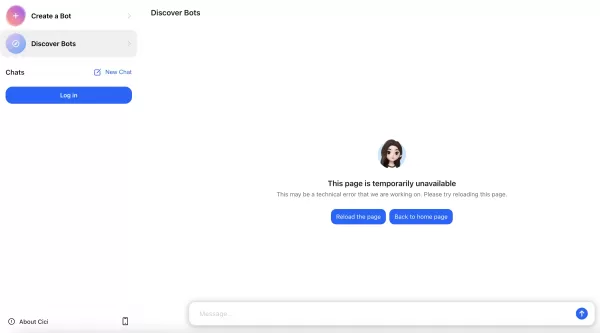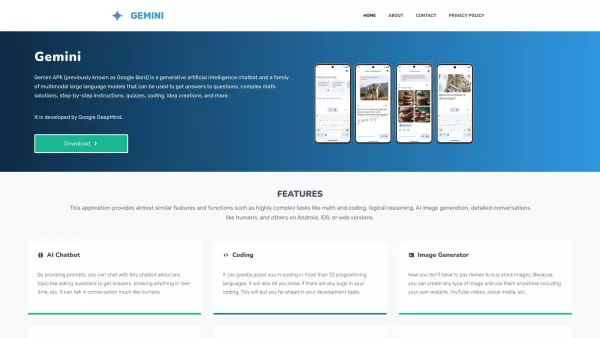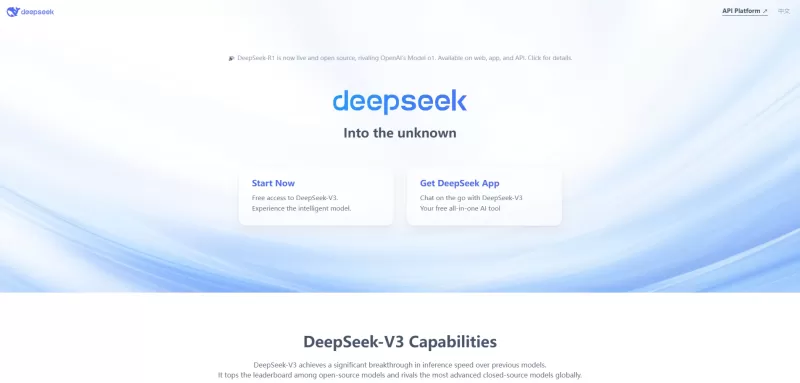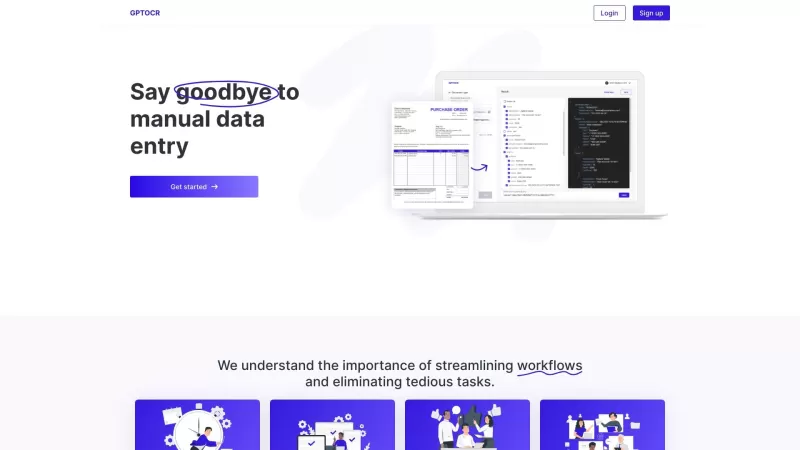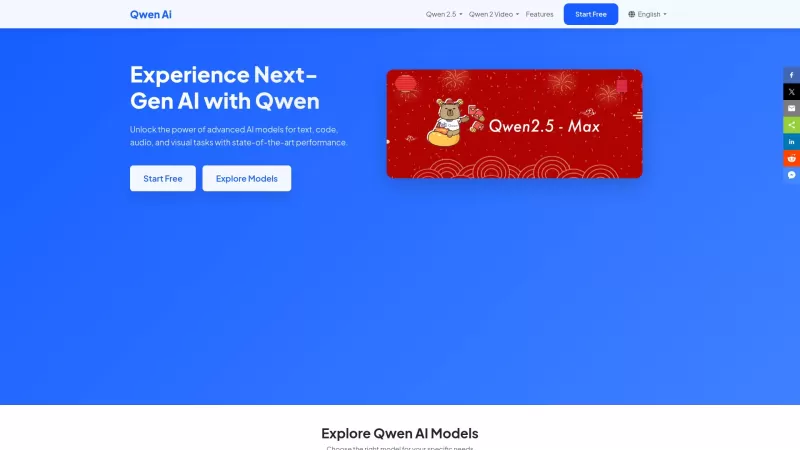Why LLMs Ignore Instructions & How to Fix It Effectively

Understanding Why Large Language Models Skip Instructions
Large Language Models (LLMs) have transformed how we interact with AI, enabling advanced applications ranging from conversational interfaces to automated content generation and programming assistance. However, users frequently encounter a frustrating limitation: these models occasionally overlook specific instructions, particularly in complex or lengthy prompts. This issue of incomplete task execution not only affects output quality but also diminishes user confidence in these systems. Examining the root causes behind this behavior provides valuable insights for optimizing LLM interactions.
Cognitive Limitations in LLM Processing
The architecture of LLMs processes input text sequentially through tokenization, where content is divided into discrete linguistic units. This serial processing means earlier portions of a prompt naturally receive greater computational attention than subsequent sections. As prompt length increases, the model's capacity to maintain consistent focus across all components declines, resulting in potential omission of later instructions.
Three primary factors contribute to this phenomenon:
- Attention Mechanism Constraints: LLMs allocate processing resources through attention mechanisms that prioritize certain input segments. With lengthy inputs, this attention becomes distributed too thinly across tokens.
- Training Data Biases: Models predominantly train on simpler, single-instruction examples, making them less adept at handling multi-step directives.
- Memory Limitations: Fixed context windows force truncation of lengthy inputs, automatically excluding content beyond token limits.
Empirical Evidence from SIFo Benchmark (2024)
The Sequential Instructions Following Benchmark (SIFo) conducted in 2024 systematically evaluated leading models including GPT-4 and Claude-3 on complex instruction chains. Results revealed significant performance degradation when models processed:
- Instruction sequences exceeding four steps
- Prompts with ambiguous phrasing
- Tasks requiring interdependent reasoning
The study identified three critical failure points:
- Initial instruction comprehension
- Logical connection between sequential steps
- Consistent execution throughout the response
Optimizing LLM Instruction Adherence
Improving LLM performance requires strategic prompt structuring informed by cognitive load theory. Below we outline proven methodologies for maximizing instruction completion.
Structural Prompt Engineering
Effective prompt architecture follows these principles:
- Modular Task Decomposition: Break complex requests into discrete prompts or clearly delineated sections
- Visual Segmentation: Use numbering, bullet points and section headers to indicate distinct instructions
- Explicit Directives: Include clear completion requirements (e.g., "Address all items below")
Implementation Example:
Instead of:
"Analyze this market report by extracting key trends, identifying growth opportunities, assessing risks and generating recommendations"
Use:
- Extract three key market trends
- Identify two primary growth opportunities
- Assess top three risk factors
- Generate strategic recommendations based on above analysis
Advanced Prompting Techniques
For mission-critical applications, consider:
- Chain-of-Thought Prompting: Require the model to verbalize its reasoning process
- Iterative Refinement: Build responses through sequential clarification cycles
- Model-Specific Tuning: Adjust temperature and token limits based on task requirements
Technical Considerations for Enterprise Implementation
Organizations implementing LLMs at scale should address:
Challenge
Solution
Impact
Consistency across teams
Centralized prompt library
Standardized outputs
Regulatory compliance
Instruction tracking logs
Auditability
Performance monitoring
Completion rate metrics
Quality assurance
Future-Proofing Your LLM Strategy
As model architectures evolve, organizations should:
- Implement version-controlled prompt templates
- Establish continuous training protocols incorporating new techniques
- Develop evaluation frameworks for instruction adherence
These practices ensure sustainable optimization as LLM capabilities advance and business requirements grow in complexity.
Related article
 Alibaba's 'ZeroSearch' AI Slashes Training Costs by 88% Through Autonomous Learning
Alibaba's ZeroSearch: A Game-Changer for AI Training EfficiencyAlibaba Group researchers have pioneered a breakthrough method that potentially revolutionizes how AI systems learn information retrieval, bypassing costly commercial search engine APIs e
Alibaba's 'ZeroSearch' AI Slashes Training Costs by 88% Through Autonomous Learning
Alibaba's ZeroSearch: A Game-Changer for AI Training EfficiencyAlibaba Group researchers have pioneered a breakthrough method that potentially revolutionizes how AI systems learn information retrieval, bypassing costly commercial search engine APIs e
 Sakana AI's TreeQuest Boosts AI Performance with Multi-Model Collaboration
Japanese AI lab Sakana AI has unveiled a technique enabling multiple large language models (LLMs) to work together, forming a highly effective AI team. Named Multi-LLM AB-MCTS, this method allows mode
Sakana AI's TreeQuest Boosts AI Performance with Multi-Model Collaboration
Japanese AI lab Sakana AI has unveiled a technique enabling multiple large language models (LLMs) to work together, forming a highly effective AI team. Named Multi-LLM AB-MCTS, this method allows mode
 ByteDance Unveils Seed-Thinking-v1.5 AI Model to Boost Reasoning Capabilities
The race for advanced reasoning AI began with OpenAI’s o1 model in September 2024, gaining momentum with DeepSeek’s R1 launch in January 2025.Major AI developers are now competing to create faster, mo
Comments (0)
0/200
ByteDance Unveils Seed-Thinking-v1.5 AI Model to Boost Reasoning Capabilities
The race for advanced reasoning AI began with OpenAI’s o1 model in September 2024, gaining momentum with DeepSeek’s R1 launch in January 2025.Major AI developers are now competing to create faster, mo
Comments (0)
0/200

Understanding Why Large Language Models Skip Instructions
Large Language Models (LLMs) have transformed how we interact with AI, enabling advanced applications ranging from conversational interfaces to automated content generation and programming assistance. However, users frequently encounter a frustrating limitation: these models occasionally overlook specific instructions, particularly in complex or lengthy prompts. This issue of incomplete task execution not only affects output quality but also diminishes user confidence in these systems. Examining the root causes behind this behavior provides valuable insights for optimizing LLM interactions.
Cognitive Limitations in LLM Processing
The architecture of LLMs processes input text sequentially through tokenization, where content is divided into discrete linguistic units. This serial processing means earlier portions of a prompt naturally receive greater computational attention than subsequent sections. As prompt length increases, the model's capacity to maintain consistent focus across all components declines, resulting in potential omission of later instructions.
Three primary factors contribute to this phenomenon:
- Attention Mechanism Constraints: LLMs allocate processing resources through attention mechanisms that prioritize certain input segments. With lengthy inputs, this attention becomes distributed too thinly across tokens.
- Training Data Biases: Models predominantly train on simpler, single-instruction examples, making them less adept at handling multi-step directives.
- Memory Limitations: Fixed context windows force truncation of lengthy inputs, automatically excluding content beyond token limits.
Empirical Evidence from SIFo Benchmark (2024)
The Sequential Instructions Following Benchmark (SIFo) conducted in 2024 systematically evaluated leading models including GPT-4 and Claude-3 on complex instruction chains. Results revealed significant performance degradation when models processed:
- Instruction sequences exceeding four steps
- Prompts with ambiguous phrasing
- Tasks requiring interdependent reasoning
The study identified three critical failure points:
- Initial instruction comprehension
- Logical connection between sequential steps
- Consistent execution throughout the response
Optimizing LLM Instruction Adherence
Improving LLM performance requires strategic prompt structuring informed by cognitive load theory. Below we outline proven methodologies for maximizing instruction completion.
Structural Prompt Engineering
Effective prompt architecture follows these principles:
- Modular Task Decomposition: Break complex requests into discrete prompts or clearly delineated sections
- Visual Segmentation: Use numbering, bullet points and section headers to indicate distinct instructions
- Explicit Directives: Include clear completion requirements (e.g., "Address all items below")
Implementation Example:
Instead of:
"Analyze this market report by extracting key trends, identifying growth opportunities, assessing risks and generating recommendations"
Use:
- Extract three key market trends
- Identify two primary growth opportunities
- Assess top three risk factors
- Generate strategic recommendations based on above analysis
Advanced Prompting Techniques
For mission-critical applications, consider:
- Chain-of-Thought Prompting: Require the model to verbalize its reasoning process
- Iterative Refinement: Build responses through sequential clarification cycles
- Model-Specific Tuning: Adjust temperature and token limits based on task requirements
Technical Considerations for Enterprise Implementation
Organizations implementing LLMs at scale should address:
| Challenge | Solution | Impact |
|---|---|---|
| Consistency across teams | Centralized prompt library | Standardized outputs |
| Regulatory compliance | Instruction tracking logs | Auditability |
| Performance monitoring | Completion rate metrics | Quality assurance |
Future-Proofing Your LLM Strategy
As model architectures evolve, organizations should:
- Implement version-controlled prompt templates
- Establish continuous training protocols incorporating new techniques
- Develop evaluation frameworks for instruction adherence
These practices ensure sustainable optimization as LLM capabilities advance and business requirements grow in complexity.
 Alibaba's 'ZeroSearch' AI Slashes Training Costs by 88% Through Autonomous Learning
Alibaba's ZeroSearch: A Game-Changer for AI Training EfficiencyAlibaba Group researchers have pioneered a breakthrough method that potentially revolutionizes how AI systems learn information retrieval, bypassing costly commercial search engine APIs e
Alibaba's 'ZeroSearch' AI Slashes Training Costs by 88% Through Autonomous Learning
Alibaba's ZeroSearch: A Game-Changer for AI Training EfficiencyAlibaba Group researchers have pioneered a breakthrough method that potentially revolutionizes how AI systems learn information retrieval, bypassing costly commercial search engine APIs e
 Sakana AI's TreeQuest Boosts AI Performance with Multi-Model Collaboration
Japanese AI lab Sakana AI has unveiled a technique enabling multiple large language models (LLMs) to work together, forming a highly effective AI team. Named Multi-LLM AB-MCTS, this method allows mode
Sakana AI's TreeQuest Boosts AI Performance with Multi-Model Collaboration
Japanese AI lab Sakana AI has unveiled a technique enabling multiple large language models (LLMs) to work together, forming a highly effective AI team. Named Multi-LLM AB-MCTS, this method allows mode
 ByteDance Unveils Seed-Thinking-v1.5 AI Model to Boost Reasoning Capabilities
The race for advanced reasoning AI began with OpenAI’s o1 model in September 2024, gaining momentum with DeepSeek’s R1 launch in January 2025.Major AI developers are now competing to create faster, mo
ByteDance Unveils Seed-Thinking-v1.5 AI Model to Boost Reasoning Capabilities
The race for advanced reasoning AI began with OpenAI’s o1 model in September 2024, gaining momentum with DeepSeek’s R1 launch in January 2025.Major AI developers are now competing to create faster, mo

